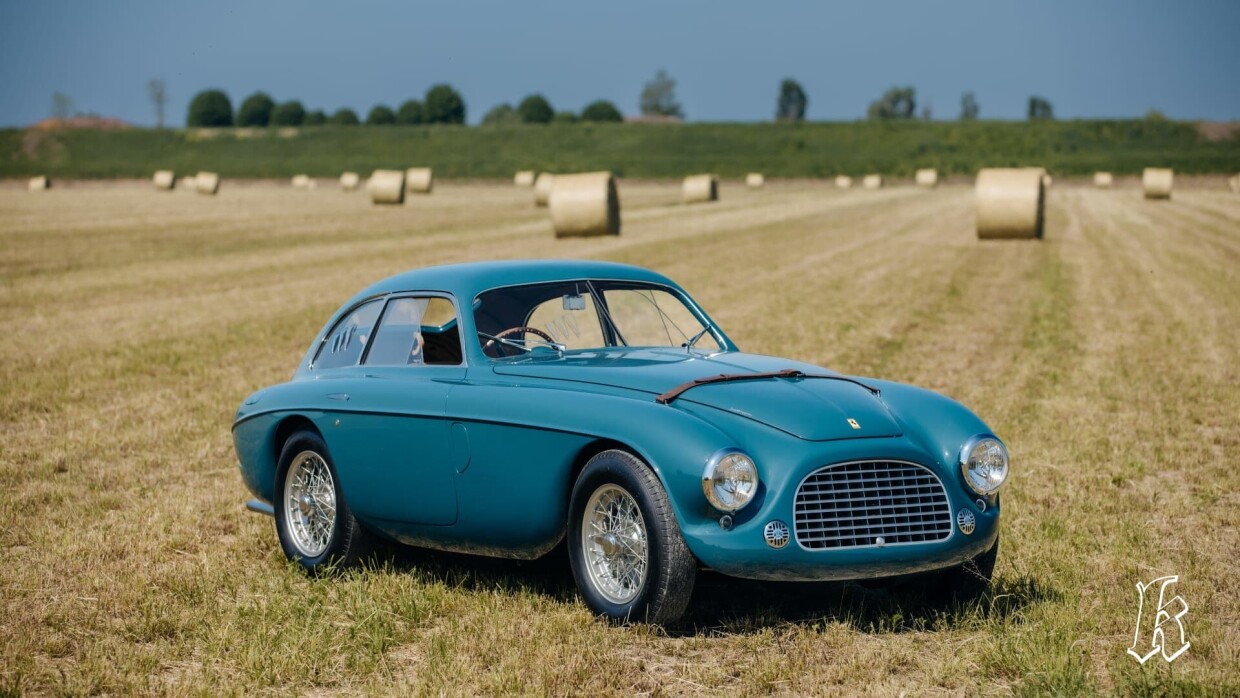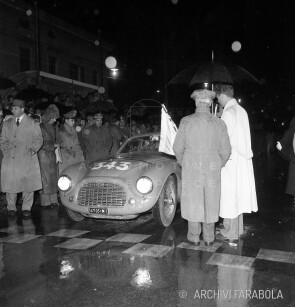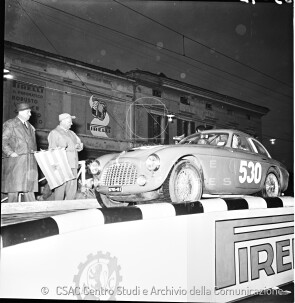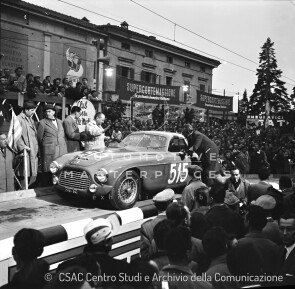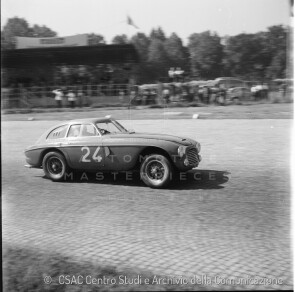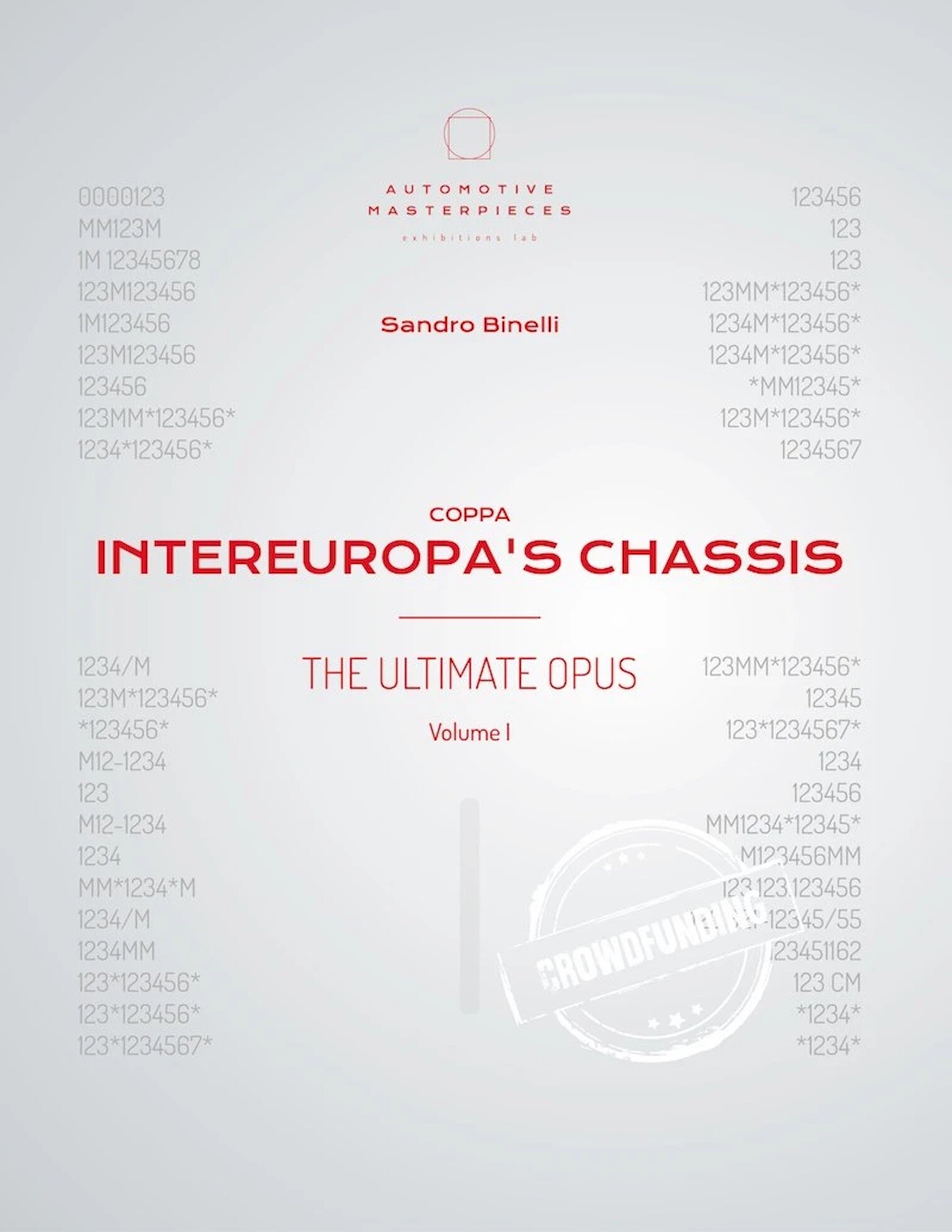
1950 Ferrari 166 millemiglia
ON/OFF
Why am I an Automotive Masterpiece?
G. Team cars
Scuderia della Guastalla (I)
L. Limited edition cars
no. 5 manufactured. 1 of 5 Berlinettas manufactured by Carrozzeria Touring
1948 is considered the first true racing season for Ferrari, marked by the debut of the 2-liter version of the 12-cylinder engine, destined for a new model to be used both in the sports category and in Formula Two. It was the beginning of a successful and long-lasting series of cars, the "Tipo 166", which ensured Ferrari's prestige thanks to the first significant international successes. Designed to compete in the 2-liter class, it was an evolution of the 159 S, which in turn was a direct evolution of the first 125, and it debuted as a winner, achieving major successes that year. The 166’s chassis and suspensions had minor changes compared to previous models; it was a dedicated tubular structure designed by Ferrari and produced by Gilco. The car’s engine was the well-tested V12 designed by Gioacchino Colombo, brought to 1995.02 cc to reach the limit of the 2-liter class. Thanks to its 140 hp, it was favored by many gentlemen drivers of the time, while its flexibility and robustness allowed the 166 to be used competitively in any kind of race. As per Ferrari’s use, the car’s name corresponded to the displacement of the single cylinders. In 1953, the 166's built for competition were upgraded with a 9.5:1 compression ratio, individual intakes with three Weber 32 IF/4C carburetors, a new gearbox with synchronized 3rd and 4th gears, and twin fuel pumps. This allowed the 166/53 to produce 160 hp and to stay competitive in the 2-liter class. However, despite these improvements, the successes were limited due to the more competitive Maseratis.
To pay tribute to the first great success at the 1948 Mille Miglia, Ferrari wanted to produce a car unequivocally for competition, for the sports category; so, it upgraded the 166 Sport into the 166 millemiglia (aka MM). The millemiglia, like any other 166, sat on the Gilco dedicated tubular chassis and was fitted with the 2-liter V12, in this case capable of 140 hp at 6600 rpm: the exceptional power-to-weight ratio gave the car the qualities of an excellent racing car. The 166 millemiglia ensured Ferrari's prestige more than any other previous model, scoring many of Ferrari's first international victories and establishing the company as a great manufacturer of sports cars. In 1953, an evolution was developed that brought the power to 160 hp and other improvements. It is believed that a total of 48 millemiglia cars were built in two series, both in berlinetta and barchetta versions: 35 were from the first series and 13 from the (/53) second series. Most of the first series were aluminum-bodied by Carrozzeria Touring, with the Superleggera system: 25 barchetta and 6 berlinetta. A few others were bodied by Vignale, Zagato, Campana, and an example designed by Dino Ferrari realized by Scaglietti. Most of the 166 MM/53 were bodied by Carrozzeria Vignale: 5 barchetta and 3 Berlinetta, while the remaining cars were quite special: two barchetta bodied by Ferrari and Carrozzeria Autodromo, a barchetta Touring, a very special Berlinetta Abarth, and the last: a berlinetta Pinin Farina. The Ferrari 166 millemiglia Berlinetta (Touring), also known as Berlinetta "Le Mans," was built by Ferrari in 1950 in only 6 examples. Designed for racing, although slightly heavier than the Barchetta, featured an aluminum body crafted with the Superleggera design; it was intended to perform better in high-speed races, such as Le Mans, and was aimed to ensure better comfort during long-distance races, such as the Mille Miglia. The technical layout remained the same of the other 166 millemiglias. The combination of high power and relative lightness endowed the Berlinetta with the qualities of an excellent racing car.
1950 Ferrari 166 millemiglia with chassis no. 0048/M is 1 of 5 Berlinetta manufactured by Carrozzeria Touring. This model, as per brochure, is known as “166 Berlinetta Le Mans”. This example, built in july 1950, is characterized by big headlight rings, flashlight close to the headlight rings and no horn covers, later substituted by additional headlights and at last restored with the horns. This car had an intense racing career between 1950 and 1957, mainly in Italy before 1954 and in France and Switzerland, later. It faced three editions of the Mille Miglia, in 1951, 1952 and 1953, always for the colors of the team “Scuderia della Guastalla”. Only in 1951, anyway, achieved good results, ranking 21st overall and 3rd in class, driven by Luciano Masseroni e Riccardo Vignolo. The car also boasts a history of notable owners, all Italian and swiss racing drivers. The car is nowadays restored to its pristine conditions in outstanding shape in an ultra-rare intense light blue color: just two examples of this model have been realized with this color. The finish respects the livery of the time, at the same time elegant and sporty. The interior finishes are extremely refined and ultra-light. The “Touring Superleggera” logo is the only frieze present (a couple on the hood sides and one on the rear trunk). On the rear Perspex windows, some slits allow the air to escape. The seats are lavishly finished in tan leather. The leather hood strap keeps the hood from lifting up, as once upon a time.
